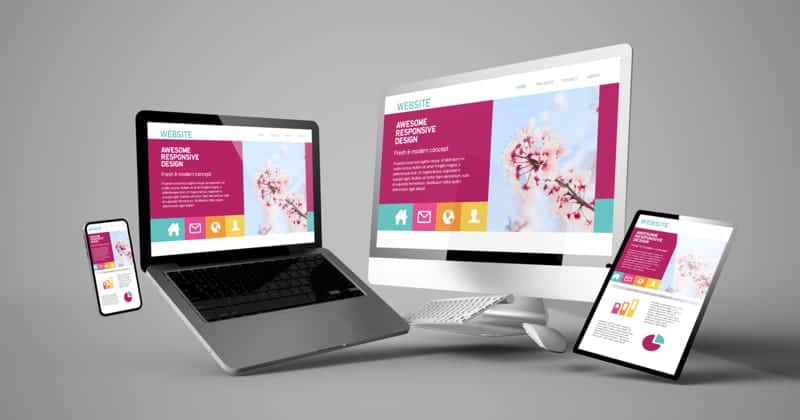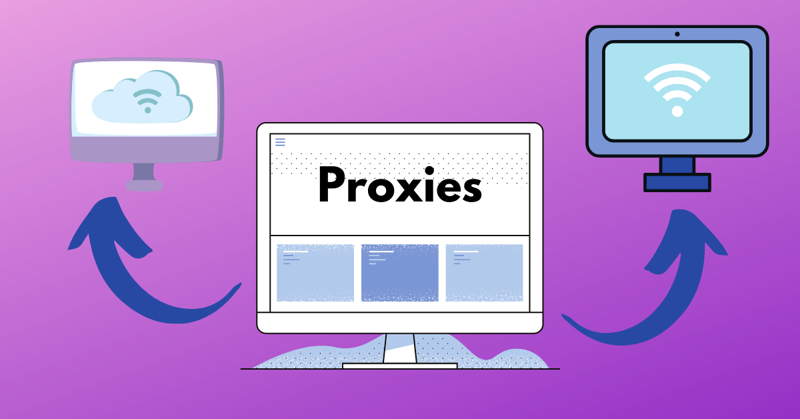Mobile apps have revolutionized the way we work and carry out everything in our daily lives. There’s an app for almost everything that assists us from the moment we wake up till the we fall asleep.

That’s the reason mobile apps are constantly in demand and they are consistently on the way of betterment. One of the key factors that can make your mobile app a hit include the design and the UX.
The mobile app you’re designing should be adaptable to different devices and screen sizes. Now constructing the perfect design for your app is an iterative process that requires a lot of expertise.
While you can seamlessly partner up with an Android or custom iPhone app development company to take of the development phase, it is essential for you as a marketer to understand the process.
In this article, we’ll walk you through the insights on how someone can implement responsive design in mobile app development to achieve their revenue goals in the app market.
So let’s get started without any further ado!
Table of Contents
Understand the Principles of Responsive Design
Mastering responsive design means comprehending the art of creating adaptable layouts that seamlessly adjust to varying mobile device screen sizes and orientations, ensuring an optimal user experience in mobile app development.
Here’s how you can understand the principles of responsive design:
Start with a Clear Understanding
Begin by grasping the core concept of responsive design, which is about creating layouts that adapt to different screen sizes and resolutions.
Embrace Mobile-First Thinking
Always consider mobile devices as your primary design focus. This approach ensures your app looks and functions well on small screens and scales up effectively.
Fluid Grids and Flexible Layouts
Learn how to build fluid grids that expand or contract based on screen size. Use flexible layouts to arrange elements proportionally, rather than relying on fixed pixel values.
Media Queries for Device Detection
Understand how media queries work to detect the characteristics of the user’s device, allowing you to apply specific styles and layouts accordingly.
Viewport Meta Tag
Familiarize yourself with the viewport meta tag, which is crucial for controlling the initial scale and viewport width of your app on mobile devices.
Content Priority
Learn to prioritize content for mobile users. Decide which elements are essential and which can be hidden or rearranged for smaller screens.
Choose the Right Framework for Responsive Mobile App Development
Selecting the ideal framework is pivotal in responsive mobile app development. It hinges on understanding project needs and aligning with development expertise to ensure a seamless and responsive user experience.
Here’s how you can choose the right framework for responsive mobile app development:
Assess Project Requirements
Begin by thoroughly understanding your project’s specific needs, including the target audience, features, and expected scalability, to determine which framework aligns best.
Research Framework Options
Conduct extensive research on available frameworks such as React Native, Flutter, or native development, weighing their pros and cons against your project’s goals.
Consider Cross-Platform vs. Native
Decide between cross-platform and native development, considering factors like development time, cost, and performance.
Community Support
Choose a framework with a robust community and a wide range of libraries and plugins to simplify development and troubleshooting.
Performance Metrics
Analyze the performance benchmarks and capabilities of the framework to ensure it can handle the demands of your mobile app.
UI/UX Capabilities
Evaluate the framework’s support for creating responsive user interfaces that adapt seamlessly to various screen sizes and orientations.
You can achieve all of these properties in mobile app by partnering up with a local mobile app development company in Dallas. Other than that, you can also expand your options and hire other agencies that can carry out the development processes by working remotely.
Build a Mobile-First Responsive Design Strategy
Crafting a mobile-first responsive design strategy lays the foundation for a user-centric app experience. Prioritizing mobile usability while progressively enhancing for larger screens ensures a seamless and adaptable interface across all devices.
Here’s how you can build a mobile-first responsive design strategy:
Prioritize Mobile Users
Start by recognizing that mobile users are your primary audience. Design the core features and layout of your app with mobile devices in mind.
Content Hierarchy
Define a clear content hierarchy, emphasizing the most critical information for mobile users, and progressively enhance it for larger screens.
Minimalistic Design
Opt for a clean and minimalistic design approach, focusing on essential elements to prevent clutter and improve mobile usability.
Single-Column Layout
Begin with a single-column layout that works well on narrow screens. This layout ensures a smooth user experience on mobile devices.
Progressive Enhancement
Gradually add complexity and features as screen real estate increases, tailoring the user experience for tablets and desktops.
Flexibility with CSS
Utilize CSS media queries to create breakpoints that adjust your layout and styling based on screen width, ensuring flexibility in design.
Adapt Layouts for Different Screen Sizes and Orientations
Mastering the art of adapting layouts for diverse screen sizes and orientations is pivotal in responsive mobile app development. Utilizing fluid designs and user-centric testing ensures a seamless user experience across a spectrum of devices.
Here’s how you can adapt layouts for different screen sizes and orientations:
Use Fluid Layouts
Create fluid layouts that can expand or contract smoothly, allowing your app to adapt to different screen sizes without distortion.
Landscape and Portrait Modes
Test and optimize your app’s layouts for both landscape and portrait orientations to ensure a consistent user experience.
Media Queries
Implement CSS media queries to apply specific styles and layout adjustments based on screen width, height, and orientation.
Grid Systems
Utilize responsive grid systems to help organize content and maintain a structured layout that adapts gracefully to various screen dimensions.
Flexbox and CSS Grid
Master CSS Flexbox and Grid layout techniques to simplify the alignment and positioning of elements, making it easier to handle different screen sizes.
Relative Units
Use relative units like percentages and ems instead of fixed pixel values to allow elements to scale proportionally.
Manage Performance in Responsive Mobile App Development
Efficiently managing performance in responsive mobile app development is crucial for ensuring a smooth and speedy user experience. By optimizing assets and implementing responsive design best practices, your app can thrive on a variety of devices and network conditions.
Here’s how you can manage performance in responsive mobile app development:
Optimize Images and Media
Compress and optimize images and media files to reduce load times and improve overall app performance on mobile devices.
Minimize HTTP Requests
Reduce the number of HTTP requests by combining and minifying CSS and JavaScript files to expedite loading.
Lazy Loading
Implement lazy loading for images and content that’s not immediately visible on the screen to improve initial load times.
Responsive Images
Use responsive image techniques, such as srcset and sizes attributes, to serve appropriately sized images based on the user’s device and viewport.
CDN Usage
Leverage Content Delivery Networks (CDNs) to distribute assets geographically, reducing server response times and improving content delivery speed.
Reduce Third-Party Dependencies
Limit the use of third-party libraries and scripts to only those that are essential, as excessive dependencies can slow down your app.



